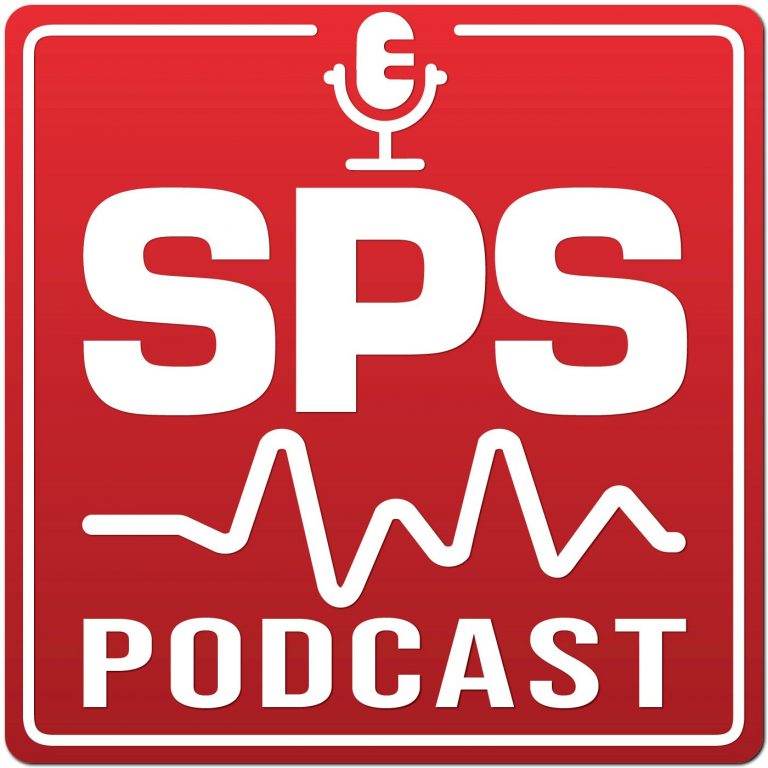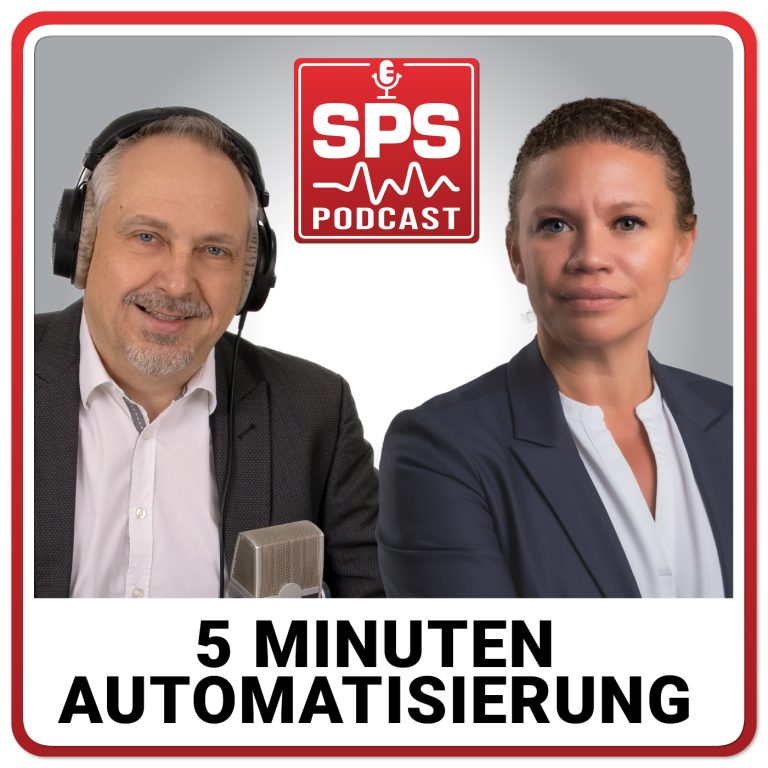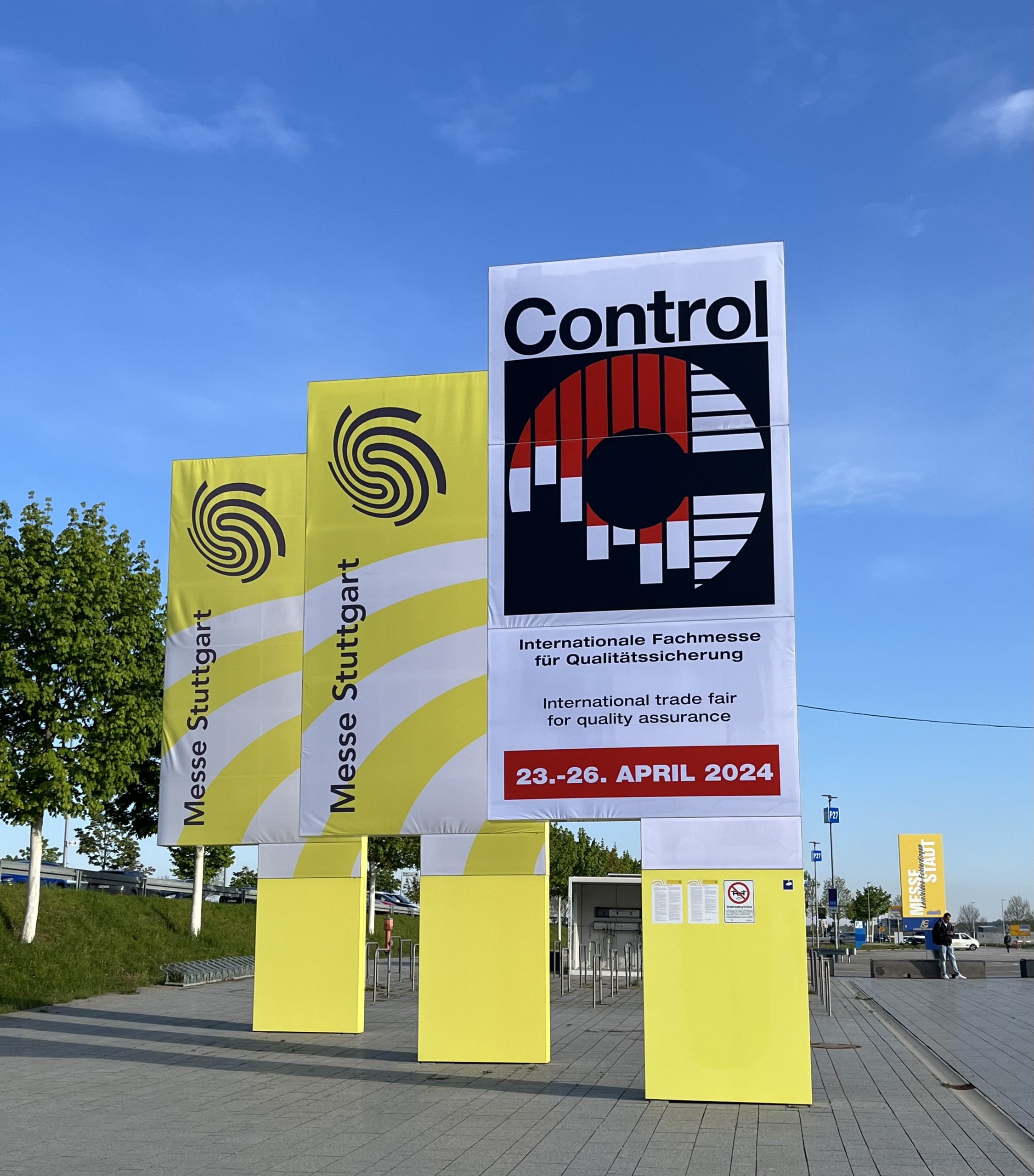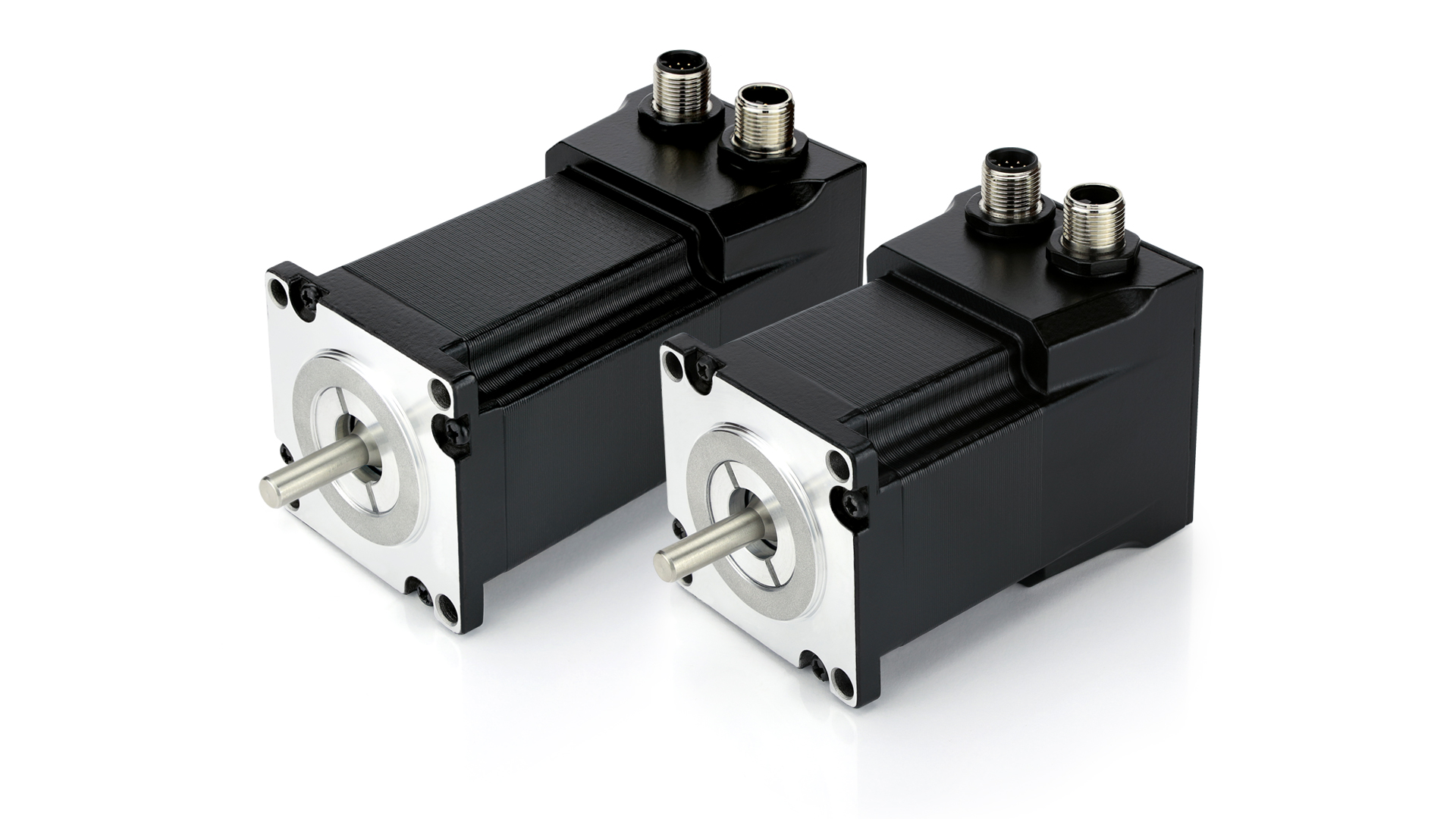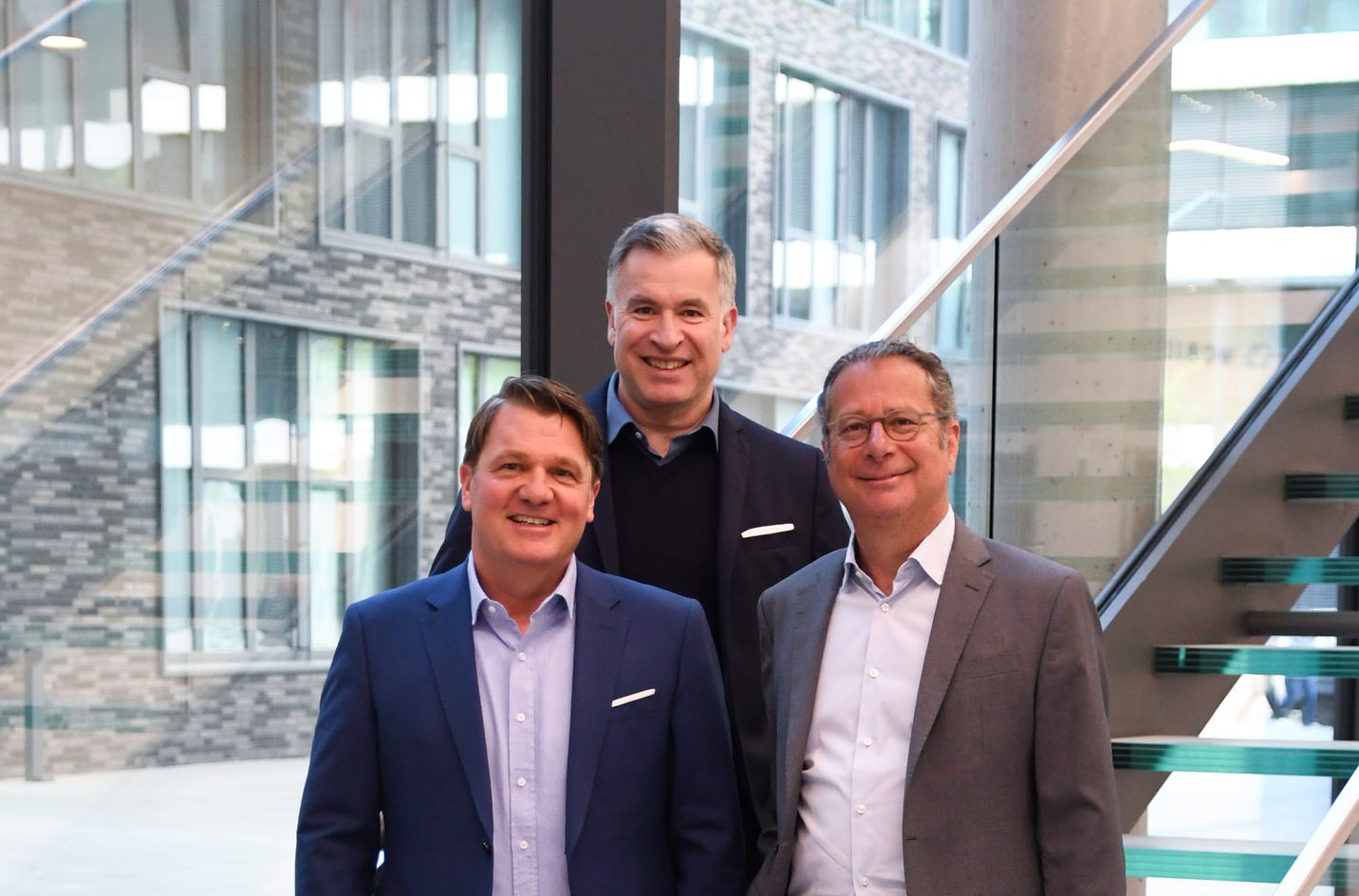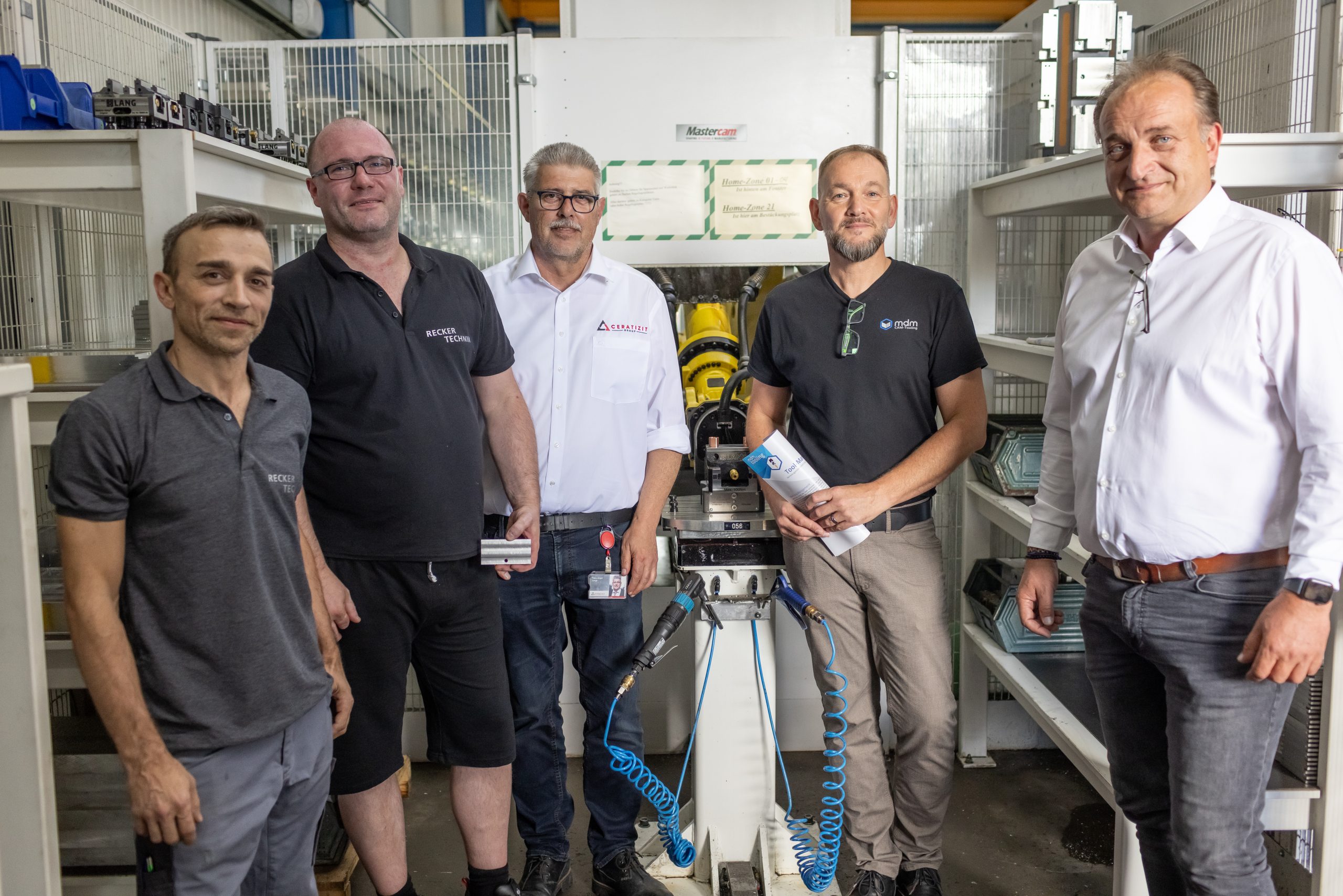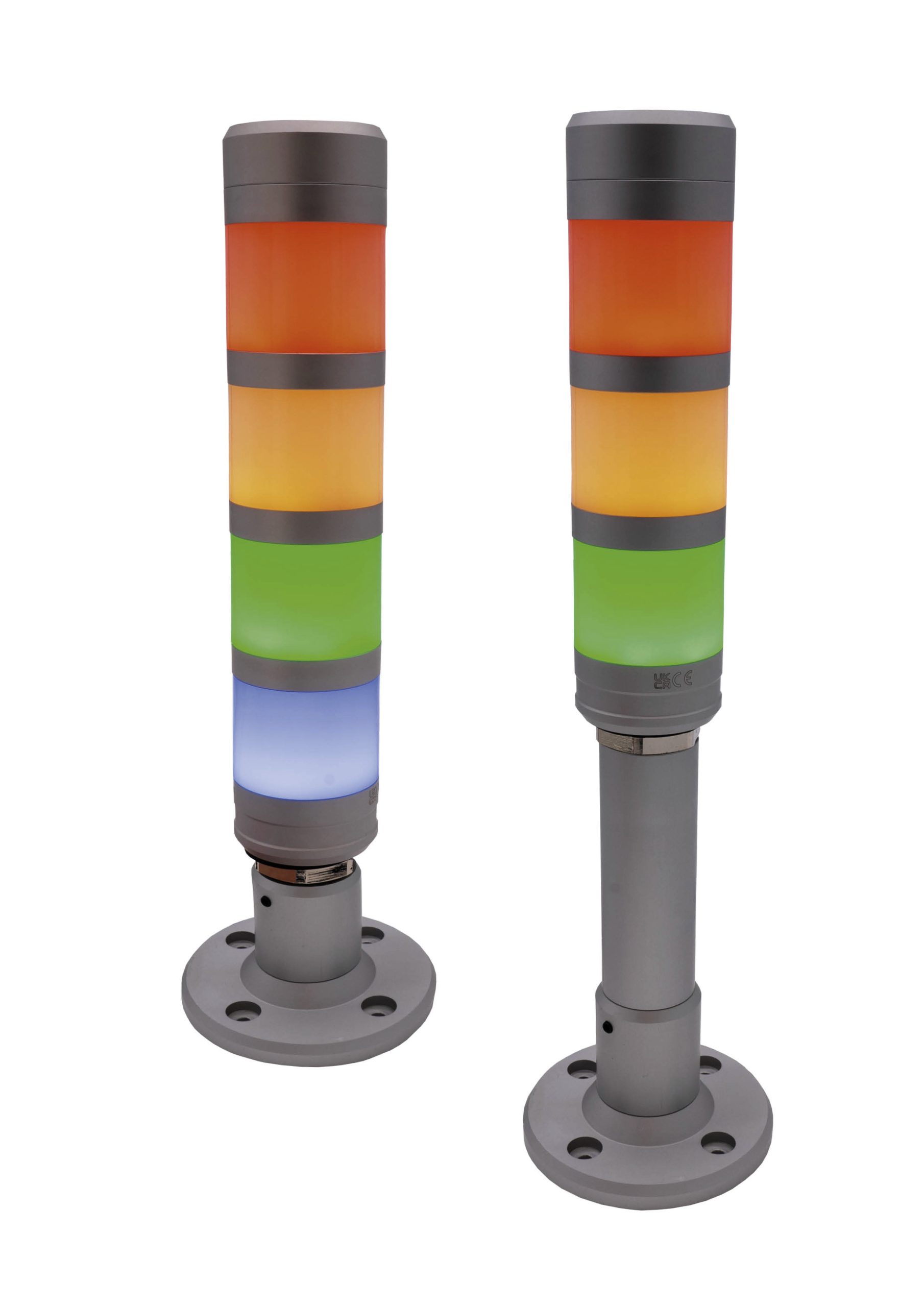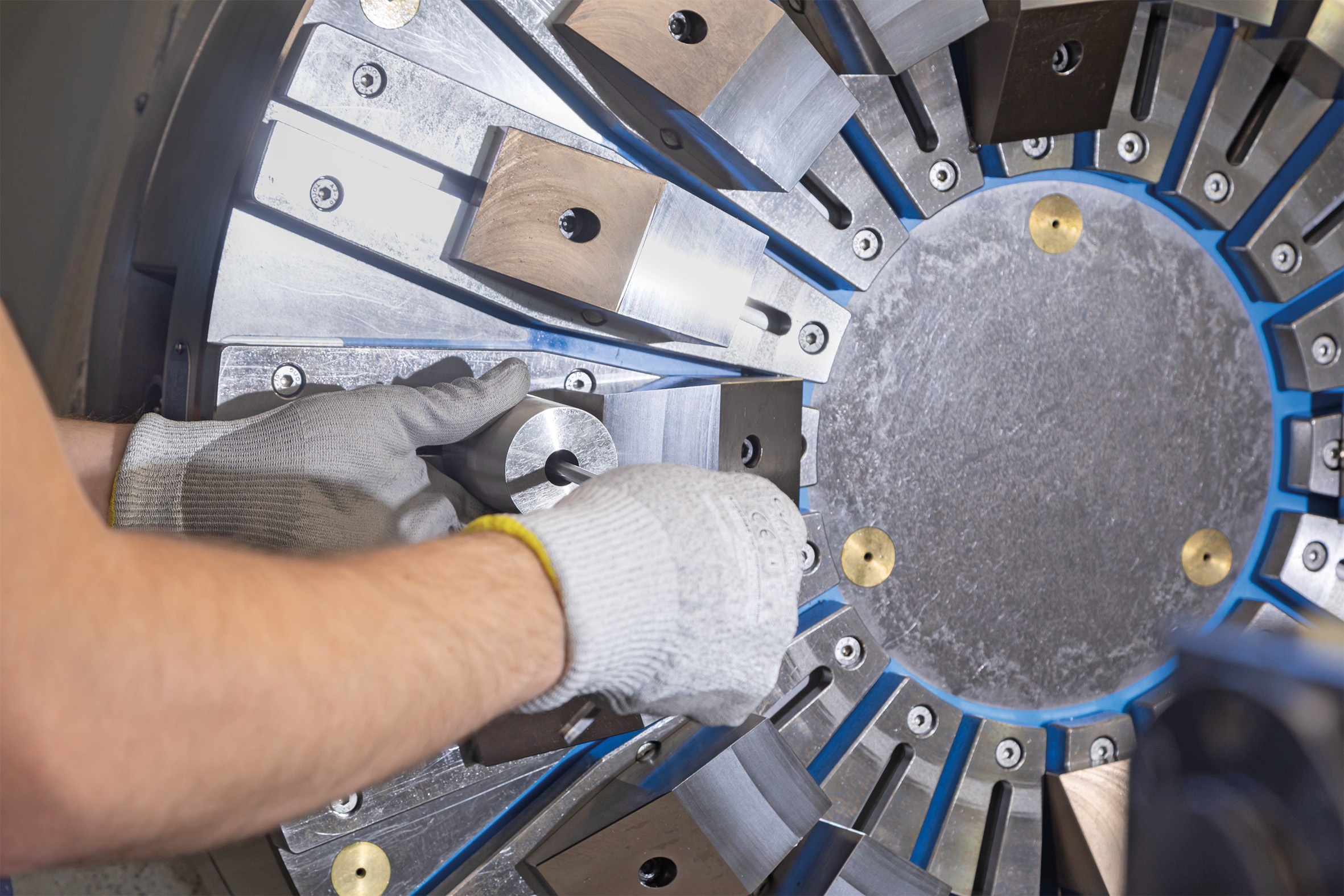Manufacturing still seems to be holding its own in terms of adding to the nation\’s economy. Recently, though, the popular TV program \’60 Minutes\‘ profiled the impact of automation on the nation\’s economy. Specifically it looked at how automation causes reduction in workers. The program cited the book \’Race Against the Machine\‘ by Erik Brynjolfsson and Andrew McAfee. On the one hand, the book details how automation has reduced the manufacturing labor force. The authors also look at the future and what society can do to enhance manufacturing jobs. I have not seen that episode of the TV show. In fact, I have not watched that show for 20 years because of its sensationalist reporting.
The end of 2012 brought with it new automation controllers from Rockwell Automation and Siemens. Both also introduced or strengthened their integrated development environment for engineering and programming systems. Controllers continue to become sophisticated data handlers as well as input/output control. Engineering environments such as the TIA Portal from Siemens promise new ways to make engineers more productive and programs more error-free. These moves certainly put pressure on other suppliers such as Beckhoff Automation, B&R Automation, Mitsubishi and Omron Electronics to push development forward. I have learned through my conversations with Hans Beckhoff that his company will continue to meet the challenge with its unique approach. If you have followed my columns, you know that I cover both Factory Automation and Process Automation. It\’s not every day you get to write about building a new refinery in North America. In fact, not every year or even every decade. But the North West Redwater Partnership is building a bitumen (not crude) refinery in Canada to take advantage of the tar sands there. I\’ve often talked with Cliff Pedersen, who is Chief Information Officer (CIO) of the North West Redwater Partnership. He has been an integral part of the Open O&M Initiative interoperability work. The idea behind the Open O&M Initiative is the data interoperability and portability from design to construction to operation and maintenance of a process plant. Pedersen tells me that with this plant the idea is coming into realization. The group has gone through concepts and definitions to pilot projects. Now the interoperability will be tested in the real world. The basic idea is that true electronic information will flow from the engineering firm to the construction firm to operations and maintenance at plant startup. The concept of \’electronic documentation\‘ today is that of a document in Adobe pdf. This new documentation will be live data residing in a database accessible by all who need it.
An example of the problem they are solving is when there is a newer technician troubleshooting something at night and, for instance, needs the part number of a part in a motor. The live data will guide the technician not only to the proper part, but the part specifications where the closest distributor is. The current way is a pdf document of a drawing that could possibly be three generations out of date. I hope they get it done right this time.
